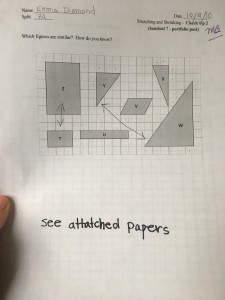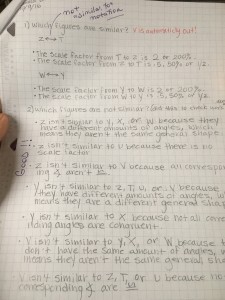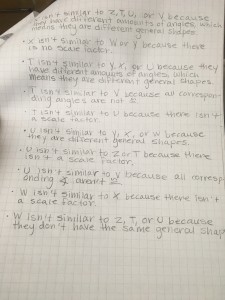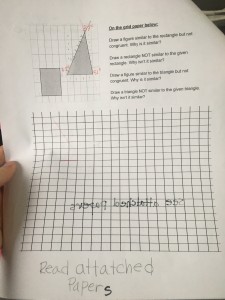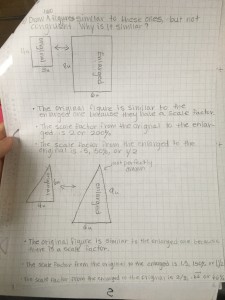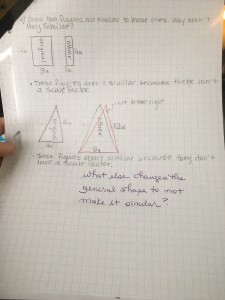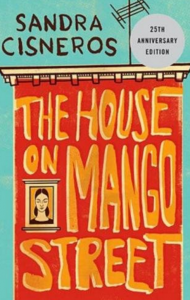Below is Making 13 Colonies number four. I am proud of this because it demonstrates my ability to write strong TEEAC paragraphs. I think I have improved on writing TEEAC paragraphs by having M13 homework because it gives a chance to practice my skills.
Homework
Read chapter 4 in Making Thirteen Colonies and answer the following questions using complete sentences. Be sure to use textual evidence and analysis for each question. Each answer should be a full TEEAC paragraph.
- Describe the significance of the year 1607, using the following terms: The London Company, King James, and the name of the 3 boats. Be sure to clearly explain each of these terms within your paragraph.
The year 1607 was the beginning of our country. In England many Gentleman and Younkers were boarding ships to come to America. They were doing so because everything they ever knew to be true was proven wrong by Nicolas Copernicus and Galileo Galilei. “The ships were Susan Constant, the Discovery, and the Godspeed, and they had been sent from England by a business corporation called the London Company,” (Hakim, pg. 25). The name Godspeed for one of the ships is surprising because God was a huge part of English life and items weren’t usually named after him. This means that the ship was considered very important. King James owned The London Company, which was paying settlers to go to the New World and start a colony. The London Company told the colonists that they weren’t allowed to own property. They didn’t want individuals owning land because that could give them independence. If people were on their own they could become very wealthy and King James wouldn’t make all the money. The London Company also paid everyone the same amount no matter how much work they did. It will be interesting to see if the English settlers accepted the fact that they got paid the same amount no matter how much work they did.
- Describe the the terrain and the geography of the English fort.
The English had a very well designed fort in Jamestown, Virginia. Once the colonists got to the New World, they had to choose a place to settle. They chose a place in Virginia that they would soon name Jamestown after their King. “Jamestown was almost an Island, with a narrow sandbar link to the mainland,” (Hakim, pg. 27). The land being like this was good for the English because it was easier to defend against the Spaniards (if they decided they wanted to fight) and the Indians. The English fort included many things to help them survive. First, they had a ditch and a high fence called a palisade surrounding the fort. This was helpful because it kept enemies out. Second, they had a church in the center of the fort. It was probably in the center because religion was the middle of life. Third, there was an oven outside of the fort. The oven was outside because the roofs of the houses were made of flammable materials such as river grass, river reeds, and tree bark. Will this land be a good place to keep the colony?
- Was the initial settlement successful? Why or why not?
The initial English settlement was not successful. There were many problems with the colony. “It gave all the colonists salaries and did not allow them to own property,” (Hakim, pg. 28). The London Company wasn’t letting individuals own land. This was a problem because everyone had the same salary no matter how much work they did. This reminds me of The Giver because in Jonas’s community they were striving for equality. This is an example of equality being a problem because if everyone gets the same amount of money no matter what, people are not motivated to work hard and no progress will be made. Another problem was disease. The English people brought germs from Europe to America and many people died from them. Also the land itself ended up being bad for the colony. “The land was swampy, the drink water was bad; it was hot in summer and bone-chilling cold in winter. The mosquitoes drove the settlers crazy and carried malaria germs,” (Hakim, pg. 28). This shows that the colonists couldn’t have picked a worse spot to settle. It wasn’t possible to survive in a place where these things were taking place. People didn’t have the resources they needed to stay alive. Less than half of the people who came to the New World lived to see another December. How will this colony stay alive?

